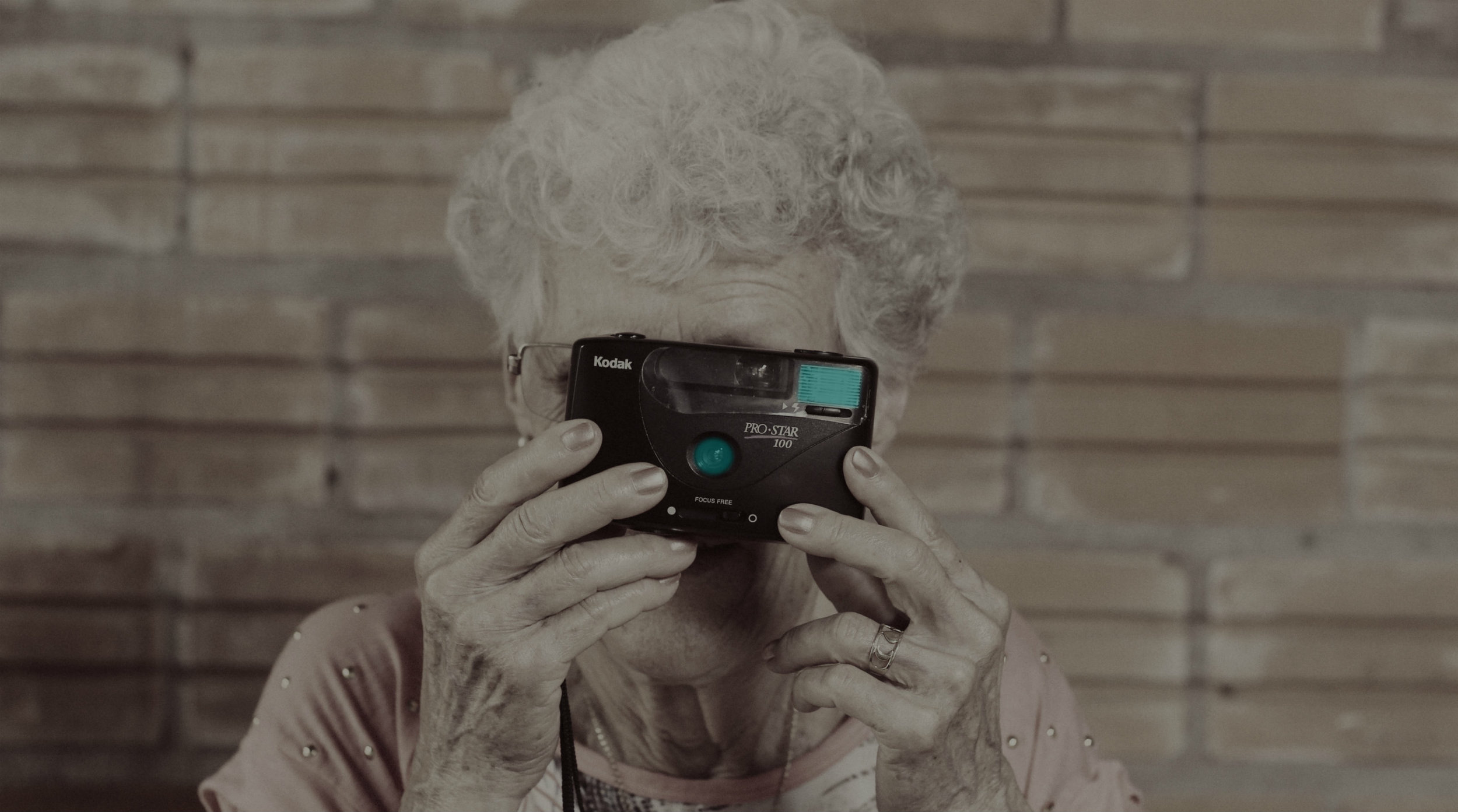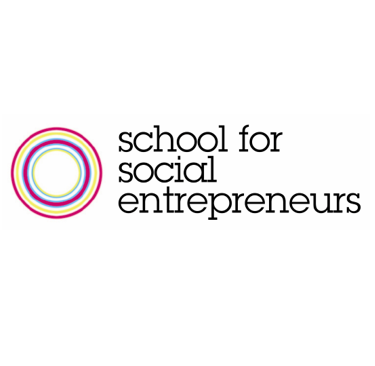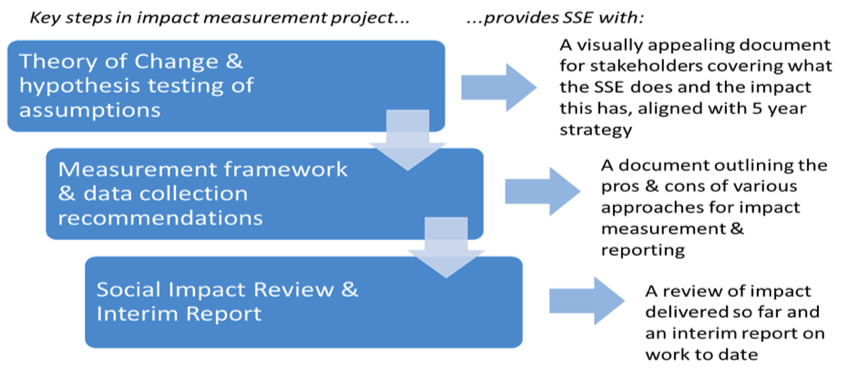
NEWS
When the arts make a difference
“Governments come and go but, when it concerns culture, there is one thing that all political parties agree on: that the arts are good for us”, writes Ivan Hewett in an article in The Telegraph. Even Theresa May and EU Chief Negotiator Michel Barnier should agree on this.
“Governments come and go but, when it concerns culture, there is one thing that all political parties agree on: that the arts are good for us”, writes Ivan Hewett in an article in The Telegraph [1]. Even Theresa May and EU Chief Negotiator Michel Barnier should agree on this.
The arts and culture have a broad appeal that render them powerful means to tackle social issues, or to support vulnerable individuals. Arts therapies, for example, have grown over recent years into a credible method to improve mental health.
Illustration: David Shrigley, Arts Council England’s website
The arts as a means to support disadvantaged groups
Music and Memory, relying on a collaboration with Grammy winning musicians, uses music to provide alternative healing treatments that allow those with dementia, Alzheimer’s and other cognitive and physical challenges to reconnect with the world through music.
Despite the enormous sums of money spent on mood and behaviour-altering medications that are often not particularly effective, nothing compares to these iPods when it comes to improving quality of life.”
— Tony Lewis, President and CEO, Cobble Hill Health Care, Brooklyn, New York
The University of Edinburgh and Limelight Music also explored how music could help disadvantaged groups, focusing on people with physical or cognitive impairments. The project, Music as Social Innovation, seeks to capture any social benefits that musical participation might engender.
Life for elderly people in the UK seems more dynamic since EASOP - Arts Enterprise with a Social Purpose – was founded. The programme they launched, Dance to Health, aims at preventing falls among older people whilst giving them the opportunity to have fun.
Dance to Health Programme, EASOP
Motion, part of last October’s National Theatre of Scotland’s Futureproof festival, is a theatre company unlike any other. All members of the cast are offenders serving a sentence, and the audience was guided through locked doors by prison officers to the performance space. Theatre behind bars can transform lives, not only for the time of the sentence, but also as part of people’s rehabilitation when they leave.
One Festival of Homeless Arts brings together works of art that have been created by artists who have experienced homelessness.
Elsewhere, arts and cultural interventions have been often used to support peace-building, helping communities to deal with the sources of trauma and bring about reconciliation: from participatory theatre initiatives in DRC, to drama in Yemen, or Peace Songs in Nepal[2].
When diversity is core to the project
“Publicly funded art is still dominated by a privileged elite who fail to engage the majority of the population. The majority of artistic directors, producers and chief executives in British theatre are still white, privately educated men. (…) Just like the conversation around ethnic diversity, we are often talked about rather than talked to.” This is the provocative picture of the arts, especially the publicly funded one, painted by Javaad Alipoor on The Guardian in June[3], advocating for the need to “fundamentally change the makeup of who is creating and watching work”.
If some initiatives target specifically communities from disadvantaged backgrounds, or groups in need, should we not consider the unequal access to artistic and cultural institutions as one of the main limits of the arts in tackling inequalities and social challenges?
· Inequalities in creating in the arts
Women artists, and artists from black, Asian and ethnic minority backgrounds, are still significantly underrepresented in the main artistic and cultural institutions. Of the 663 arts organisations in the national portfolio of Arts Council England (ACE), only 8% of chief executives, 10% of artistic directors and 10% of chairs come from black and ethnic minority backgrounds. The ACE also claims that the sector faces a “major challenge” around disabled representation[4] ; and there is no disability data for nearly half the NPO workforce, making it “extremely difficult” to draw accurate conclusions in this area.
· Inequalities in watching the arts
Around 80% of white adults engaged with the arts in 2014, compared with 68% from black and minority ethnic groups, according to a survey, Taking Part. Engaging with the arts can be very diverse however, and these figures do not convey the low participation of BAME population in some of the most elite forms of arts.
· Towards a better representation of disadvantaged minorities
“Theatre companies must diversify or risk losing funding” announced the ACE, that takes this issue very seriously. The ACE has launched the “Creative Case for Diversity”: funded organisations are expected to show how they contribute to diversity through the work they produce, present and collect.
“Arts should do more to embrace diversity. It is crucial to the way in which society and the arts connect.” Sir Nicholas Serota, Chair of Arts Council England, former Director of Tate galleries.
INALA Show, Sisters Grimm. Photo by: Tristam Kenton
Among other examples of how subsidised cultural institutions are active in this field: The Royal Opera House, Opera North and London’s Lyric Hammersmith launched in 2017 a workshop week for black, Asian and minority ethnic artists interested in opera.
In non-subsidised cultural institutions, progress is being achieved as well in terms of diversity and inclusion. Investing for Good has worked with Sisters Grimm, creators of the Grammy nominated show INALA, who are developing a new show to celebrate the Zulu culture. This company is launching a “schools outreach programme”, aimed at offering children from disadvantaged backgrounds the opportunity to see an inspiring show in a theatre, and to learn more about careers in the arts.
The role of impact investing
The Arts and culture sector accounted for less than 0.5% of the impact investing market in 2015, according to a survey co-published in 2015 by the Global Impact Investing Network (GIIN) and J.P Morgan. We believe that the sector, and particularly artistic initiatives tackling pressing social issues, will attract more attention from impact investors.
Investing for Good is committed to fill the gap in the impact investing sector for investible opportunities. We are working alongside Arts Council England, the Mayor of London and Outset Contemporary Art Fund to design the Creative Land Trust, which will provide secure and affordable studio space to creatives in need.
[1]: https://www.telegraph.co.uk/art/what-to-see/how-weve-got-it-wrong-about-the-arts/
[2] See “The Value of Culture in Peacebuilding -- Examples from Democratic Republic of Congo, Yemen and Nepal”, Master thesis, Dorota Piotrowska, CUNY City College, 2016.
[3] https://www.theguardian.com/stage/2018/jun/05/arts-working-class-people-britain-theatre
[4] https://www.thestage.co.uk/news/2018/bame-disabled-staff-still-significantly-underrepresented-theatre-arts-council-report/
IFG Social Impact Evaluation of the School for Social Entrepreneurs Supports Major Grant Award
We at Investing for Good were delighted that the Big Lottery Fund has renewed its funding for social entrepreneurs, supported by School for Social Entrepreneurs (SSE), with a £2.55m grant.
SSE is a charity with a network of 11 schools, impacting communities across the UK, Canada and India. The charity offer programmes, workshops and short courses, aiming to support individuals on a learning journey, and creating social change together.
We at Investing for Good were delighted that the Big Lottery Fund has renewed its funding for social entrepreneurs, supported by School for Social Entrepreneurs (SSE), with a £2.55m grant.
SSE is a charity with a network of 11 schools, impacting communities across the UK, Canada and India. The charity offer programmes, workshops and short courses, aiming to support individuals on a learning journey, and creating social change together.
The renewal of funding extends Big Lottery Fund’s commitment to the Lloyds Bank Social Entrepreneurs Programme, in partnership with School for Social Entrepreneurs, launched in 2012. The first five years of the programme has supported 1,300 social entrepreneurs. These social entrepreneurs are predicted to reach as many as 1.1 million beneficiaries over five years, according to a social impact review of the programme conducted by CAN Invest and Investing for Good in 2016.
Following a competitive tender, Investing for Good and CAN Invest- a charity committed to helping other charities thrive- were chosen by SSE because both organisations have extensive experience working with intermediary organisations and with the complexities around capturing, measuring impact and attributing impact.
Investing for Good acted as the lead on the project, representing the team and acting as the main point of contact. However, both parties were equal partners during the delivery of the project and worked as one unified team. The partnership made the best use of our respective expertise and experience to date.
We adopted a hypothesis testing approach whereby we developed and tested a number of assumptions in the Theory of Change and the extent to which the activities that the SSE were doing delivered the outcomes that were initially hypothesised.
Mapping backwards from organisational goals, we tested hypotheses around strategic assumptions, placing emphasis on understanding not only whether SSE activities produced the desired effects, but also how and why, throughout the course of different SSE programmes.
This provided the framework for research for SSE to contribute thought-leadership and become a higher profile, leading voice in the intermediary and educational sectors on excellence in supporting social entrepreneurship.
IFG and CAN Invest used a variety of methods including qualitative research with in-person & telephone interviews, focus groups, surveys, social media approaches, narrative story-telling, and more traditional quantitative, statistical based approaches and study designs.
The review captured the whole spectrum of SSE’s impact: its achievements, success factors, learning elements, progress towards strategic goals, and included an analysis of the various programmes and their performance, and the impact of entrepreneurs to date.
The final report was deliberately designed to catch the eye of a wide audience and encourage readers to find out more.
A social audit can be hugely beneficial to an organisation. Social audits evaluate your current impact processes against best practice, identify any gaps and recommendations for improvements, and give you the opportunity to strengthen relationships with grant makers, social investors and commissioners.
More information on our social audit services can be found at https://www.investingforgood.co.uk/social-audit/






